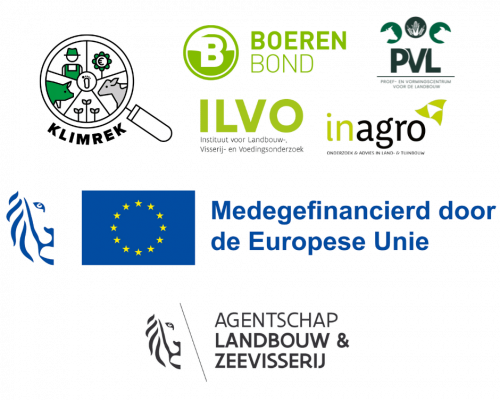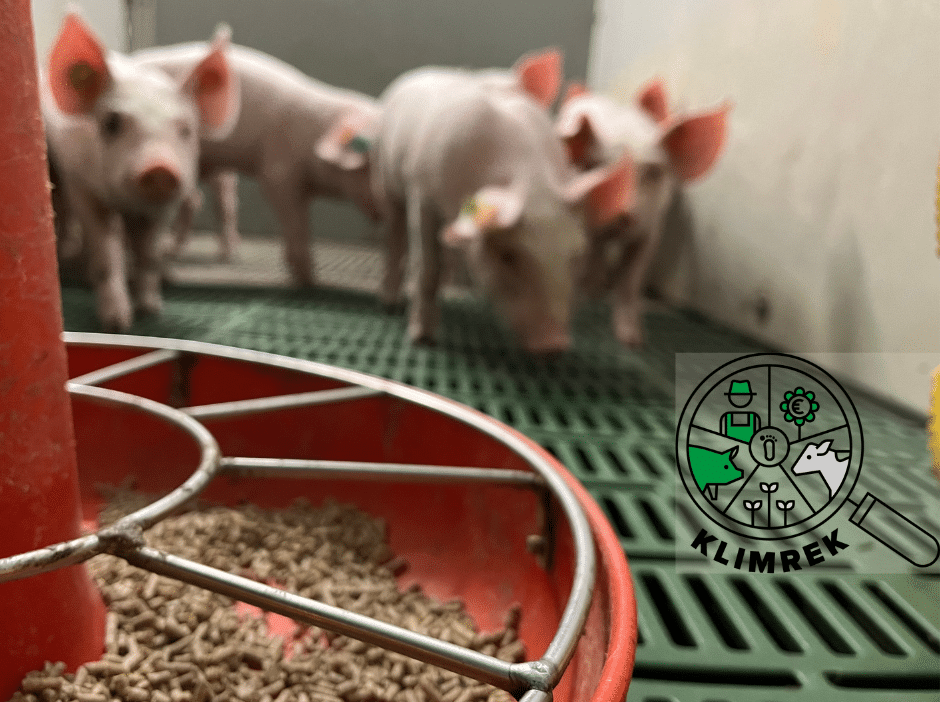How can I make my business more resilient make against the consequences of a changing climate? It is a question that every entrepreneur has probably asked himself several times in recent months. Many farmers and horticulturists would like to take climate measures, but often do not know where to start and what is economically feasible. That is where the Klimrek climate track change! 25 pig farmers can get 1-on-1 guidance to make their farms more climate-robust step by step and reduce their climate footprint. Read more about it below!
Climbing rack and climate track
Climbing frame
Within the Vlaio Klimrek project, which ended in 2023, ILVO, Boerenbond and VITO worked out climate pathways for dairy farmers, arable farmers with potatoes in the cropping plan and pig farmers using input from pilot farmers and co-creation sessions.
What does the climate track involve?
- The first part of the climate track consists of a climate scan. Based on the climate scan, a climate consultant can guide farmers to make their farms more climate-smart and climate-robust in an economical way.
- This scan leads to the climate course. That is a proposal of farm-specific climate measures with calculated scenarios, as well as a cost-benefit analysis to estimate economic feasibility.
The climate scan
To calculate the climate impact of a pig farm, we use life cycle analysis (LCA). This method evaluates the use of raw materials (such as feed and fossil fuels) and the emissions caused throughout a product's lifetime, starting from the extraction of primary raw materials.
We choose to calculate the impact up to the moment the pig or piglet leaves the farm gate. We distinguish between the foreground, namely everything that happens on the farm, and the background, everything that happens in the supply chain. Examples of foreground emissions are emissions from feed growing, average stocking rates, manure storage,... These are what we call 'direct emissions'. Yet we also take the indirect emissions because they account for a significant share of total emissions over the product life cycle. Just think of emissions released during feed manufacture and inputs from air scrubbers.
While we use as specific data as possible for the emissions that take place on the farm, we use databases to calculate emissions from the background. We map not only greenhouse gas emissions, which contribute to climate change, but also other (including acidifying and eutrophying) emissions and resource consumption. We do this to avoid creating other environmental problems with our measures.
The climate course
In the climate course The climate consultant will work with the farmer to find the climate action that make his farm the most climate-friendly and/or -robust and fit on the farm. This without adverse side effects in other environmental areas and with clear economic feasibility on the farm. Indeed, the 'best climate measures' are very company-specific. Therefore, the consultant starts from company-specific data. Once the suitable climate measures have been found, the consultant will further support and guide the farmer in applying the climate measures on his farm!
Demo climbing frame pigs
The 'Klimrek Pigs' demo project aims to make the climate trajectory more prevalent in the sector and to make pig farmers understand their own climate footprint and how to make their farms more resilient for the future. To this end, 25 pig farmers 1-on-1 guidance to make their farms more climate-robust step by step and reduce their climate footprint.
Get in one of 25 climate pathways.
What should I expect?
After registering, one of the project's climate consultants will contact you to make an appointment to take a climate scan. During that visit, the consultants will ask information needed to get a complete picture of the company's inputs and outputs. The consultant needs this data:
- The yield/ha and number of ha of each crop, the working passes and fertilisation on those crops
- The amount of feeds purchased
- The average stocking rate
- The different barn systems, with or without air scrubbers
- The type of manure storage
- Energy consumed and produced
- Water consumption
To preparation asks the climate consultant to prepare or forward data for the visit. That way, preparatory work can already be done. What information does the consultant need?
- Business accounting
- The IVB extracts of both sows and fattening pigs (two extracts per group if the financial year does not coincide with a calendar year)
- The manure bank declaration of the financial year (two declarations if the financial year does not coincide with a calendar year) and the feed register used to calculate N excretion
- The water declaration and invoice for the financial year (two declarations if the financial year does not coincide with a calendar year)
- Fuel consumption
- Electricity consumption from the grid and from own production, possibly via energy bill of the financial year
- The energy scan (if carried out on the farm)
- Livestock data such as animal numbers, purchases and sales, mortality, births, litter index, litter size, replacement rate, weights, inventories
- Manure: volumes of slurry and solid manure, levels of N and P in manure, fertiliser use for pig feed crops
- Feed inventory: feed purchases and stock (through accounting)
The visit itself takes about two hours.
After obtaining all the information and entering it into the online climbing tool, the company's climate impact is calculated.
The consultant then uses the results to work out a climate course tailored to your farm, so that it is clear which climate measures are possible and feasible on your specific farm. During a subsequent visit, the consultant explains the results and presents the possible climate measures, after which you can decide for yourself which climate measures are feasible for you.
More information?
The results of the climate trajectories carried out in the Klimrek project, and the proposed climate measures can be read at https://klimrekproject.be/meer-weten/varkenshouderij
Or contact Saskia Leplat
Saskia.leplat@pvl-vzw.be
+32 472 13 58 68








